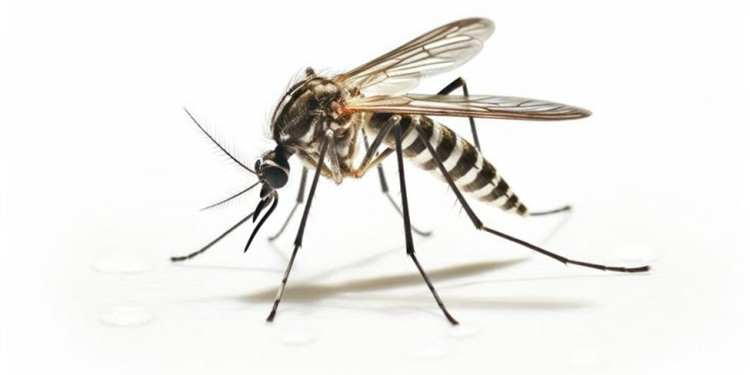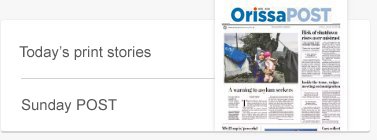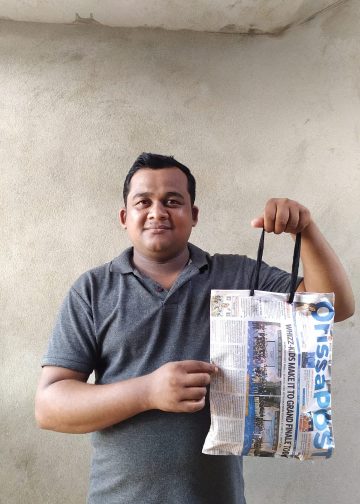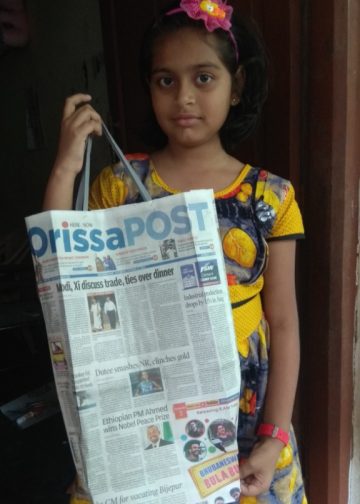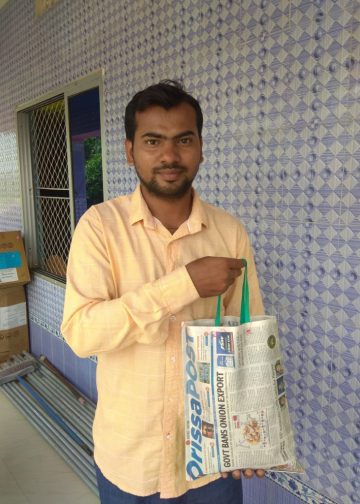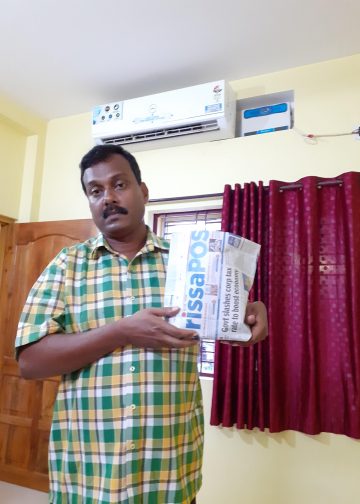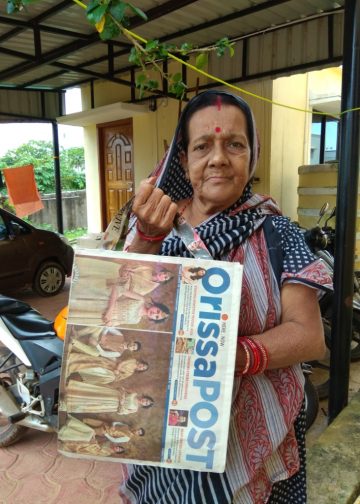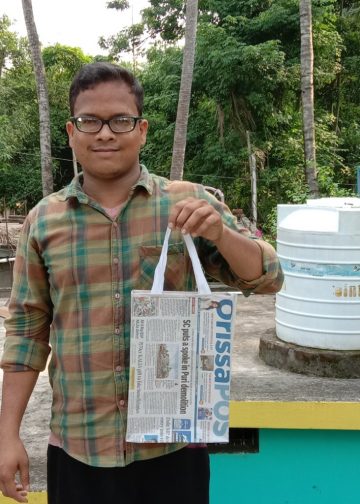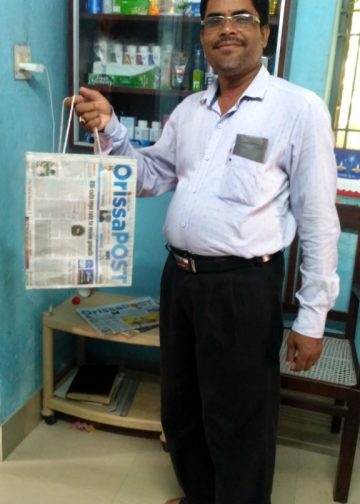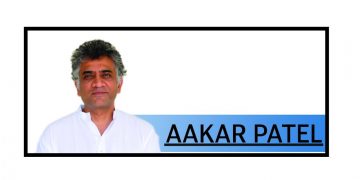According to PharmEasy’s report on dengue, India continues to face concerning dengue trends during the monsoon months. The study, which analysed over 1.2 lakh diagnostic tests between April 2022 and December 2024, identifies Odisha as one of the states with a significant dengue burden this season.
The report shows that Odisha recorded a positivity rate of 10.73%, placing it among the higher-risk states. Within the state, Bhubaneswar reports a positivity rate of 9.20%, while Cuttack stands at 5.56%. These variations highlight how dengue patterns can differ significantly between cities, influenced by weather conditions, drainage systems, population density, and local mosquito control measures.
Nationally, Bihar reports the highest positivity rate at 17.51%, followed by Haryana (15.43%) and Chandigarh (15.09%). In contrast, larger states such as Maharashtra (5.51%) and Karnataka (6.26%) exhibit relatively lower positivity levels, underscoring how strong awareness drives, early testing, and preventive initiatives can help keep dengue in check despite high case volumes.
For Odisha, prevention remains the most effective means of combating dengue. Covering water storage containers, clearing stagnant water, and maintaining clean surroundings are crucial first steps. On a larger scale, fogging drives, improved waste management, and coordinated civic action can greatly reduce the spread.
Equally critical is timely testing. Dengue often begins with high fever, severe body pain, and rashes, symptoms that require immediate medical attention. Early diagnosis ensures accurate treatment, reduces the risk of complications, and facilitates a faster recovery.
PharmEasy’s findings highlight that Odisha faces a significant risk during the monsoon. A combination of community action, preventive care, and timely testing is crucial to reducing the state’s dengue burden and safeguarding public health.


